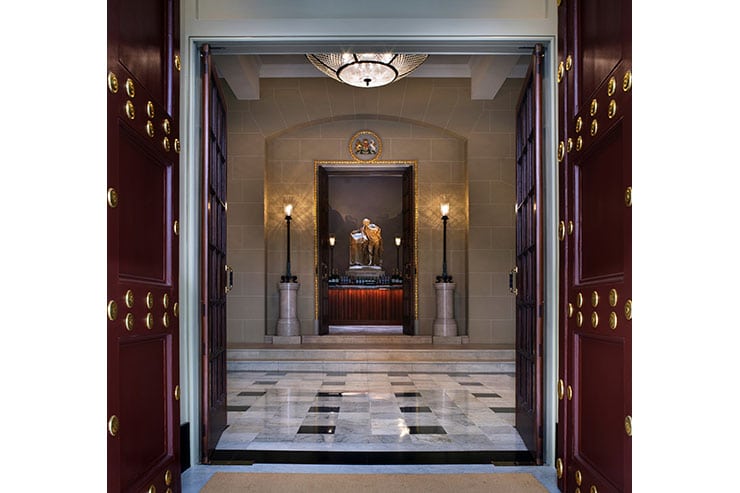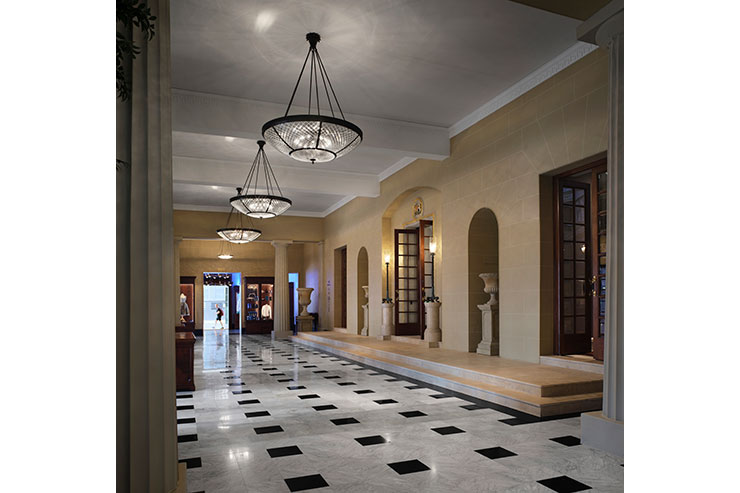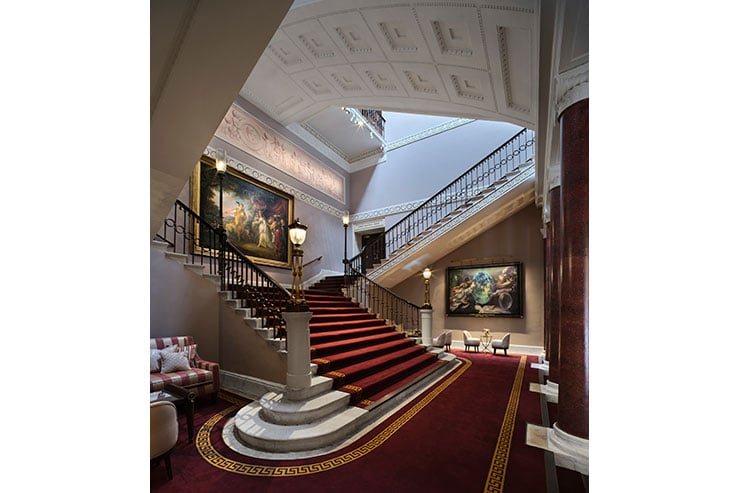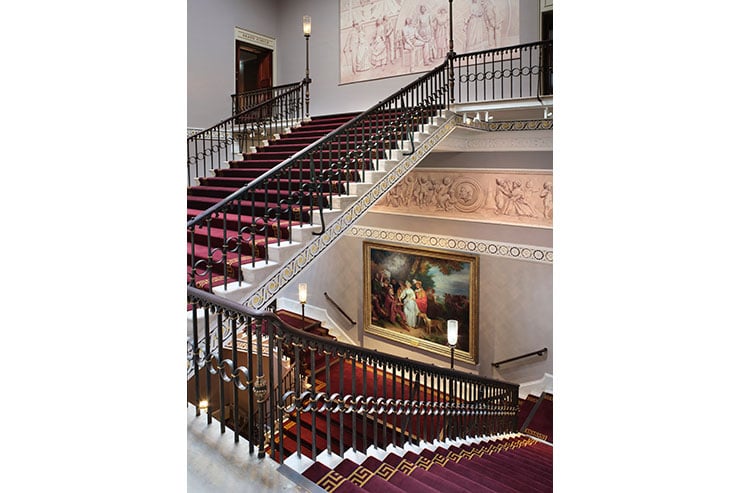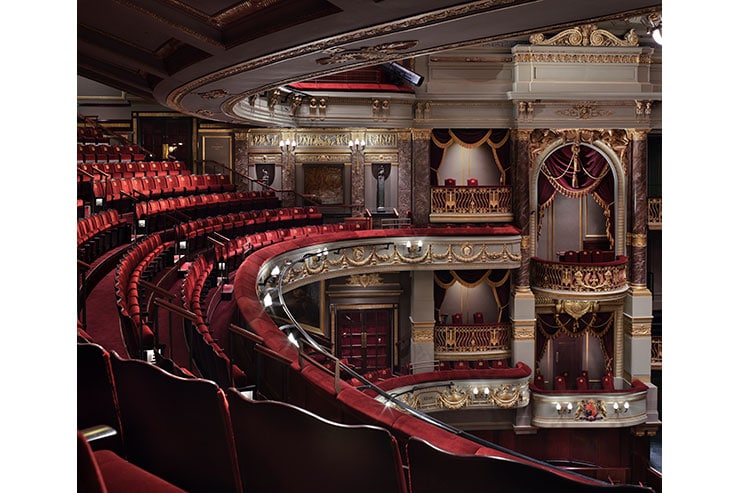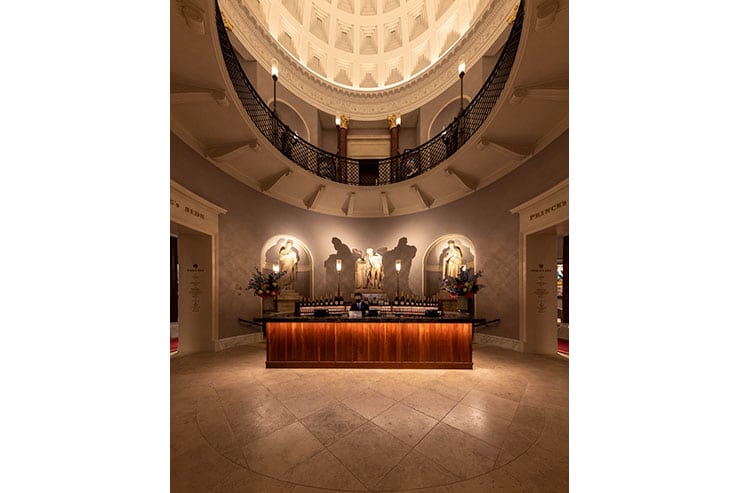This website uses cookies so that we can provide you with the best user experience possible. Cookie information is stored in your browser and performs functions such as recognising you when you return to our website and helping our team to understand which sections of the website you find most interesting and useful.
Theatre Royal Drury Lane, UK
ProjectTheatre Royal Drury LaneLocationLondon, UKLighting DesignBDP, UKArchitectHaworth Tompkins, UKInterior DesignHTA and Alexander Waterworth, UKAdditional DesignBES: Skelley & Couch, Project Management: Avison Young, Theatre Tech: Charcoal BlueClientReally Useful Theatres GroupLighting SuppliersWilkinson, Sugg, Dernier & Hamlyn, TM Lighting, Flos, Architainment, KKDCPhotographyPhilip Vile
For the first time in a century the Grade I listed theatre has been completely refurbished to enable full accessibility and enhance functional use. The theatre has always been at the forefront of lighting technology, whether whale oil, gas or electricity – and this scheme is no exception. Dimming technologies used previously only on stage and in the auditoria have been adopted throughout the building to maximise flexibility and balance the same level of sensitivity and ambience across all areas of the visitor experience. The theatrical control system even broadcasts a simulated flicker through the standard lamps to match the original 1810 lighting scheme as closely as possible.
The lighting fuses an innovative combination of stage technologies, the latest low energy LED lamps with 18th century process of glass cutting and low level integrated candelabra to create a warm five star ambience in keeping with the historic interiors and Wyatt’s original drawings. We determined how each paint finish looks in daylight and under the warm candle light that transforms the spaces in the evenings. Optics and finishes were designed for the eye to comfortably adjust from daylight into the 50Lx auditorium interior. Changes of level or vertical details are illuminated locally to create a space that appears ‘warm’ rather than ‘dark’.
Each space looks to the original design of 1812. A series of hidden fixtures reduces contrast, washes ceilings, spotlights artworks or integrated details to fixed furniture, steps or handrails. We combined lighting techniques from the 19th century with modern 21st century methods by sourcing an 1810 original hand cut crystal pendant and pushing the construction to its limit up to 2m in diameter. Behind the hand-cut crystal bowl a series of diffuse lamps and chrome spotlights create a balance of ambient wash and focused spotlighting.
With controlled low glare optics we used the hidden fittings to deliver light levels and uniformity required for a public space, with particular focus on any changes of level or routes where congestion could become an issue. A series of integrated interventions from discrete locations reveal the ceilings and rich architectural details. Each Edwardian fitting and local ceiling moulding was re-distributed and increased in density to provide a uniform modern standard. Existing fittings were tested and inputted into calculation models to demonstrate in advance the improvements to lighting. The large pendants in the auditorium at high level were fitted with pencil thin narrow beam optics to deliver a uniform light to read by, without making the pendants too bright. In a moment of inspiration we used the hand held lamps from the Muse Statue to deliver the emergency lighting!
Archive research traced all Wyatt designed light fittings still in existence. A stately home in Manchester allowed us to laser scan their lanterns, thus enabling accurate scaling of the proportions replicated for Wyatt’s stairs at Drury Lane. This newly dimensioned scan was 3D printed to create traditional casts. One of the last remaining blacksmiths in the country then created the lanterns using the same original technique dating from the theatre’s inception. These new torchieres were painstakingly detailed and fixed directly onto the original handrail balustrades with minimal alterations. The glass lens, along with all of the diffusers from the chandeliers and sconces, was hand blown and cut according to 19th century techniques.
